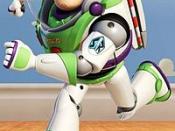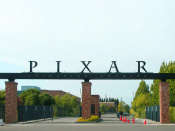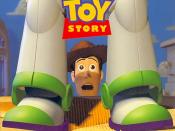Technology has revoulutionised the face of cinema on many an occasion. The introduction of recorded audio to films in 1927 added another dimension to the cinematic experience as did the introduction of colour film processing during the mid 20th century. However no technology has made as much of an impact to every aspect of the film industry as the advent of the use digital technology. Since Star wars was released in 1977 the world recognised that they were witnessing a landmark change in the movie industry. Electronics were being used to help create stunning visuals, the like had never been seen before. To put it quite simply, Star wars could not have been the success it was without digital technology. Fast forward 18 years and we see the release of Toy Story. The first widely released movie ever to be completely computer generated, revolutionising cinema, animation and to a degree acting.
Both movies were hugely successful at the box office, as was The Matrix in 1999. A movie that not only utilised digital technology to the fullest but whose plot was centred around a futuristic digital age. It is the latter two of these three landmark films that I have chosen to focus on, comparing and contrasting their use of digital technology.
Without digital technology Toy story would not and could not be anything like the movie it is. Technology was used effectively to improve and capitalise on the shortcomings of traditional movies and animation. Toy Story was the product of a Disney owned company called Pixar. Who are well on their way to becoming as famous as the former by releasing a string of computer animated box office hits, the most recent being Finding Nemo. Toy Story however was by no means a computer emulation of previous Disney...


